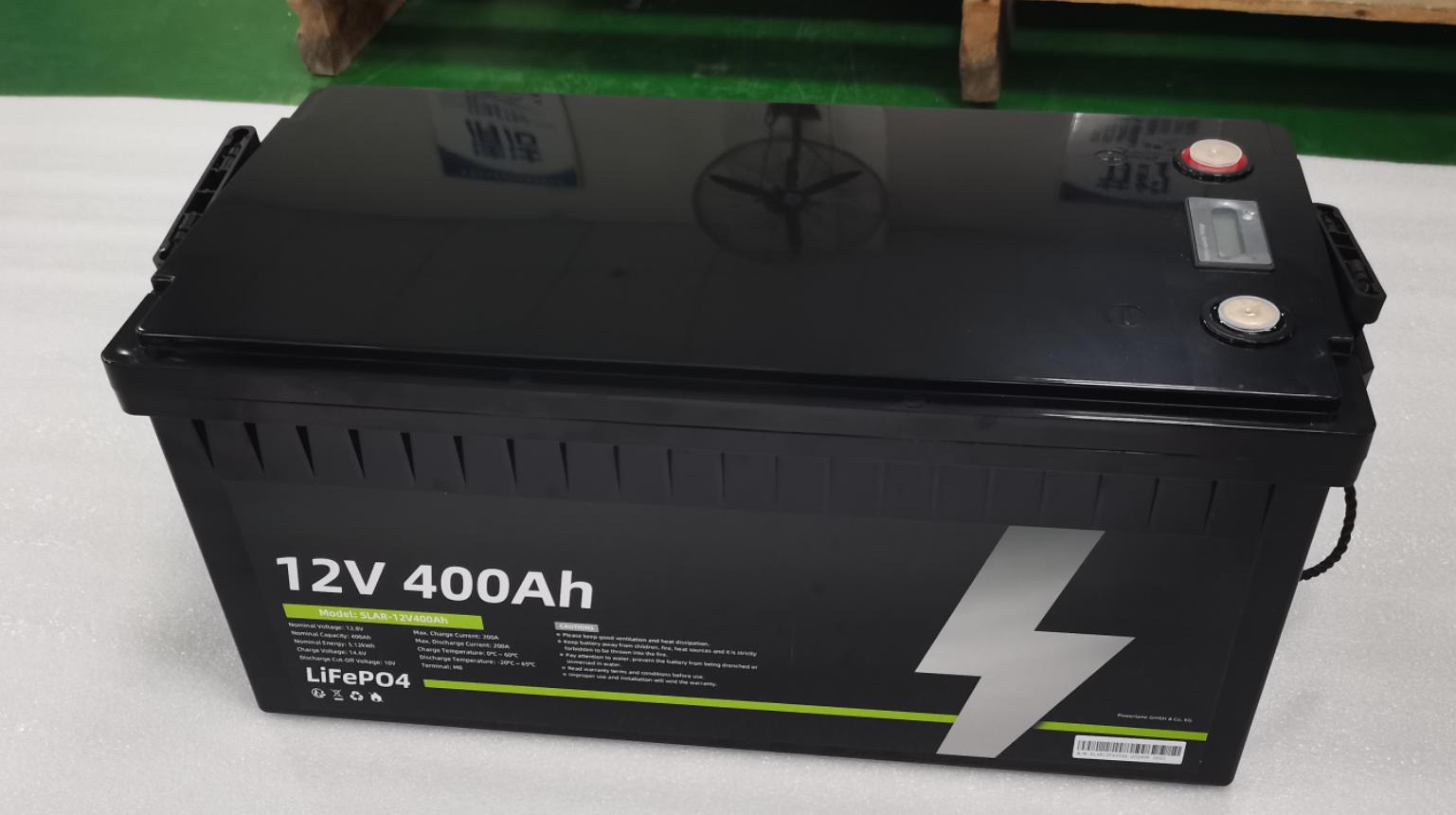
How Do You Find the Amperage of a Battery?
To find a battery’s amperage, check the label for ampere-hour (Ah) or Cold Cranking Amps (CCA) ratings for capacity and starting power. For real-time current measurement, use a digital multimeter set to DC current mode, connecting it in series with the load to measure the actual current flowing through the circuit.
What Do Ampere-Hour (Ah) and Cold Cranking Amps (CCA) Ratings Mean?
Ampere-hour (Ah) indicates a battery’s capacity—how much current it can deliver over time (e.g., 100Ah means 100 amps for 1 hour or 1 amp for 100 hours). Cold Cranking Amps (CCA) specify the maximum current available at 0°F for 30 seconds, crucial for engine starting, showing a battery’s ability to provide short bursts of high current in cold conditions.
How Can You Locate the Amperage Rating on a Battery?
Look for labels or printed specifications on the battery casing. Ratings may be shown as Ah for capacity, mA for milliamperes, or CCA for starting capability. If unclear, consult manufacturer datasheets or user manuals for precise amperage information relevant to your battery model.
How Do You Measure Battery Current Using a Multimeter?
Set a digital multimeter to the appropriate DC current mode and range. Disconnect the battery from its circuit, then connect the multimeter probes in series—red probe to the battery’s positive terminal and black probe to the load connection. Power the circuit to read the current flowing through, displayed in amperes or milliamperes.
Why Must a Multimeter Be Connected in Series to Measure Current?
Current measures the flow of electric charge through a circuit. Connecting the multimeter in series ensures all current passes through the meter, enabling accurate measurement. Parallel connections measure voltage, so correct configuration is critical for safe and precise amperage readings.
What Safety Precautions Should You Take When Measuring Amperage?
Ensure the multimeter is set to the correct current range to prevent blowing fuses. Use insulated probes, avoid short circuits, and disconnect power before connecting the meter. Never exceed the meter’s maximum current rating and follow manufacturer instructions to protect equipment and personal safety.
When Might You Need to Measure a Battery’s Real-Time Current?
Real-time amperage measurement is useful for diagnosing battery load, testing current draw during engine start, identifying parasitic drains, or validating charging system performance. It helps troubleshoot electrical issues and ensures the battery delivers or receives appropriate current for optimal operation.
Where Can You Find Technical Specifications for Your Battery’s Amperage?
Technical details are usually on the battery label, manufacturer websites, user manuals, or datasheets provided at purchase. Trusted brands and suppliers provide clear, accessible amperage specifications, vital for system design and maintenance.
Can Amperage Help Determine Battery Health?
Yes. Measuring current draw and comparing it against rated amperage detects underperformance, capacity loss, or parasitic drains. Abnormal readings indicate potential aging or faults, guiding timely battery replacement or repair.
How Does Lithium-Battery-Manufacturer Help With Amperage Understanding?
Lithium-Battery-Manufacturer, powered by Redway Power, provides expert guidance on interpreting battery amperage ratings, safe measurement techniques, and selecting appropriate battery systems tailored to current and capacity needs for diverse applications, ensuring optimal energy storage solutions.
Lithium-Battery-Manufacturer Expert Views
“Understanding a battery’s amperage ratings and accurate current measurement is fundamental for ensuring performance and safety in energy storage applications. At Lithium-Battery-Manufacturer, we emphasize educating users on capacity metrics like Ah and CCA, guiding safe multimeter usage, and applying these insights in designing and maintaining reliable lithium-ion battery systems. Proper amperage knowledge supports longevity and efficiency in advanced battery technologies.” — Lithium-Battery-Manufacturer Technical Team
Conclusion
Finding a battery’s amperage involves checking its rated ampere-hours and cold cranking amps for capacity and starting power, respectively. For real-time current measurement, a digital multimeter must be connected in series with the load following safety protocols. Clear understanding and accurate measurement of amperage are essential for diagnosing battery health, optimizing performance, and ensuring safety. Lithium-Battery-Manufacturer assists in providing expert advice for these processes.
FAQs
What is ampere-hour (Ah) in a battery?
It’s a measure of battery capacity, indicating how many amps can be delivered over an hour.
What does Cold Cranking Amps (CCA) indicate?
CCA measures the battery’s ability to deliver high current at 0°F for starting engines.
How do you set a multimeter to measure current?
Select DC current mode and the appropriate amperage range before connecting the probes.
Why must a multimeter be connected in series for current measurement?
Because current flows through the device to be measured; series connection captures the accurate current flow.
Can measuring current with a multimeter damage the device?
Yes, improper range or connections can blow fuses or damage the meter; follow safety instructions carefully.
